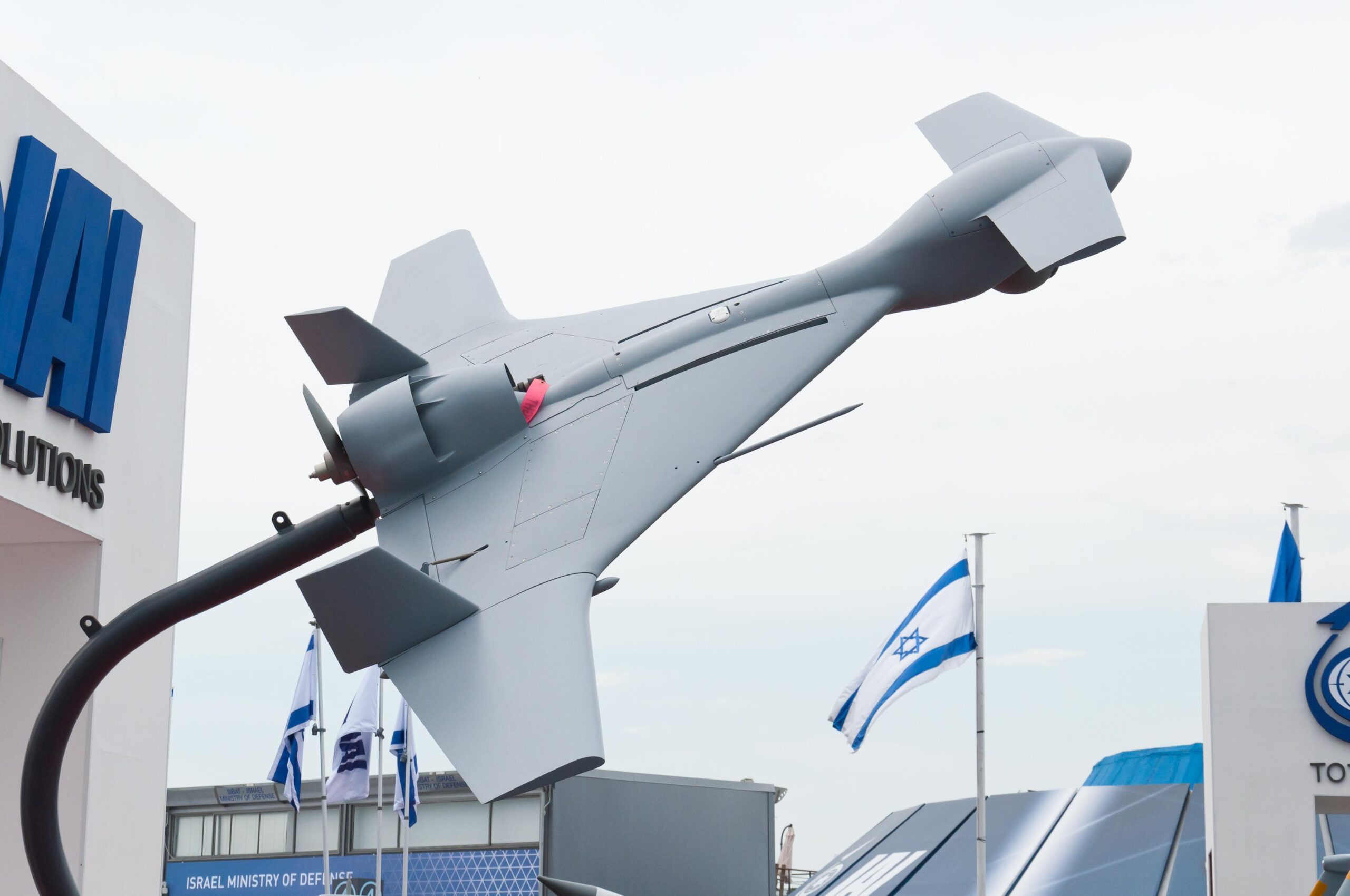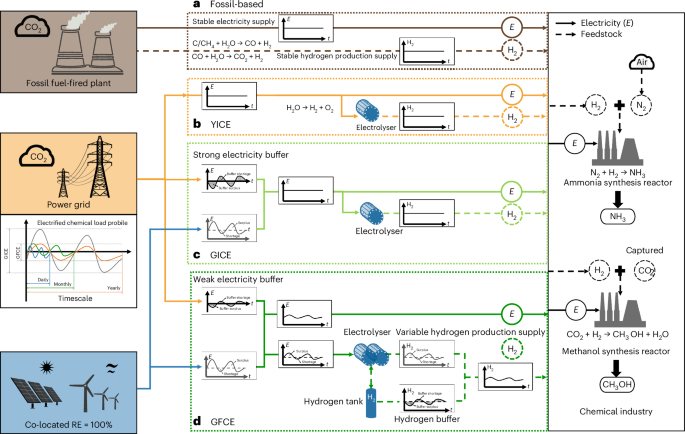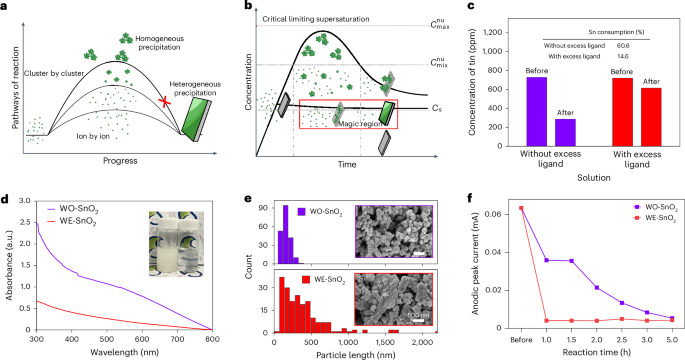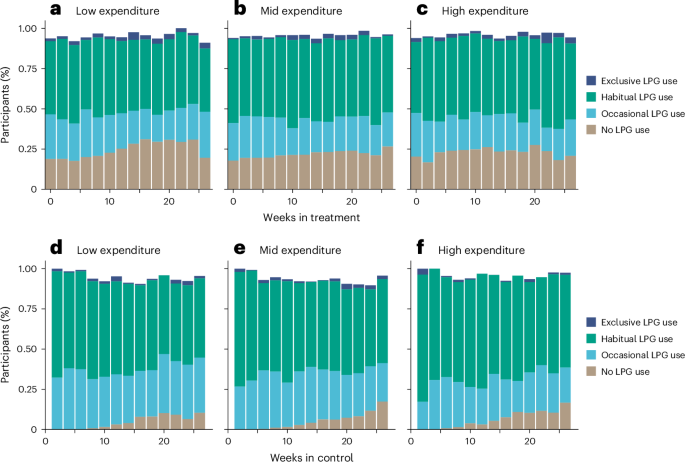This Dreaded Agricultural Pest is Back: How Farmers Are Fighting It
When scientific developments led to the near eradication of the European corn borer, farmers thought they were in the clear. Recent events suggest this bug is back, and there’s a need to pivot strategies in light of new pressures. The post This Dreaded Agricultural Pest is Back: How Farmers Are Fighting It appeared first on Modern Farmer.

The European corn borer is one of the most prevalent pests across the world. It feeds on multiple species of plants, with corn being the most prominent. Today, this pest is making its way back into larger numbers in North America, and farmers are working hard to adapt control strategies.
Back in the 90s, farmers lost billions to the European corn borer (ECB), then deemed the “billion-dollar bug”. At the time, scientific advances led to the development of hybrid corn species inoculated with the bacterium Bacillus thuringiensis (Bt). This suppressed the borer populations and effectively wiped them out.
But today, the bug is back. It’s been making its way through North America, starting in Canada. Farmers have to adapt quickly to control its spread. Here’s how they’re battling the billion-dollar bug.
The History

The European corn borer life cycle begins when the adult form of Ostrinia nubilalis (a moth) lays small egg masses on the leaves of its favored crop and the stems of nearby weeds. Larvae hatch and bore into the stem of the plant they’re laid on, and overwinter.
As spring arrives, they emerge as adult moths, ready to carry on a new generation. Depending on the species, there may be one to three generations per year, and up to 400 eggs laid within a ten day period.
This pest has been present in North America since the early 1900s. It’s believed to have originated in Western Asia and Europe, but this isn’t confirmed. The larvae’s propensity to feed on tassels and kernels, as well as the ear shank, is what makes it so damaging. In the process, the crop is rendered unconsumable.
The Solution

To combat the voracious larvae, initial methods of control involved cultural practices. Overwintering borers are generally destroyed when corn is harvested for silage. In areas where topsoil preservation isn’t as important, stalk-shredding and deep moldboard plowing are effective controls. Pesticides were also used to eliminate moths and larvae.
However, timing the pesticide appropriately across the massive scale of many farms was almost impossible. In response, agricultural scientists developed the first strains of Bt corn. These genetically modified strains made it so larvae that fed on the corn died in the process. And up until recently, this was considered the most effective treatment.
Bt strains work through the production of bacterial spores. Larvae feed on the spores, which contain a protein that ruptures their stomachs and kills them. These genetically engineered strains made it so the bacteria were present throughout the plant’s life cycle, as opposed to intermittently as with pesticides. With promising results, these strains became widely available in 1996.
New Developments

This changed in 2018 when the borer’s resurgence was first discovered in Nova Scotia in 2018. Farmers noticed a resistance to Cry1F Bt corn – the best treatment for ECB. Subsequent discoveries of resistances to Cry1A.105 and Cry2Ab2 sweet corn were identified in 2023 in Connecticut, as well as in Manitoba and Quebec. Due to the ability of moths to migrate long distances, this was a concerning turn of events.
A renewed front for effective control relies on farmer scouting and reporting to local extension offices in all states where corn is a primary agricultural crop. This gives entomologists and agricultural scientists an idea of where the pest is most prevalent and assists with future prevention and control.
The next step is for farmers to choose the right hybrids. Pyramided Bt corn is the most effective at eliminating ECB. These types contain multiple (two or more) Bt genetic traits that occur in the plant aboveground. Stacked genetics, on the other hand, include at least one trait aboveground and one below – usually meant to control both ECB and earworms that feed on roots.
Therefore, reliance on the development of new hybrids increases. These new strains will ideally contain stacked and pyramid traits. The sticking point is ensuring that strains are easy to identify in catalogs. Proper communication to farmers is currently being implemented in the form of digital and hard copy trait tables that explain the differences and uses of seeds with varying Bt traits.
The Future

Current studies are underway focusing on genome sequences of the ECB. These studies aim to investigate host plant adaptation, Bt resistance, and ECB behavior that will illuminate further strategies for control in North America and abroad.
Continuing cultural controls is important for farms too. This ensures that the safe harbor for this destructive pest is limited. Another useful method of control is having at least 20% of the field planted with non-Bt strains. This makes it so the genetics of unsusceptible borers can mate with those with susceptible genetics, increasing overall susceptibility in a wider genetic pool. Also known as refuge planting, this meets integrated resistance management standards that set the tone for other farms.
Growing Corn in the Desert, No Irrigation Required
The surreal sight of squash, melons and corn sprouting from the sandy ground reflects an ancient farming technique that’s newly relevant.
The post This Dreaded Agricultural Pest is Back: How Farmers Are Fighting It appeared first on Modern Farmer.
















































































































































